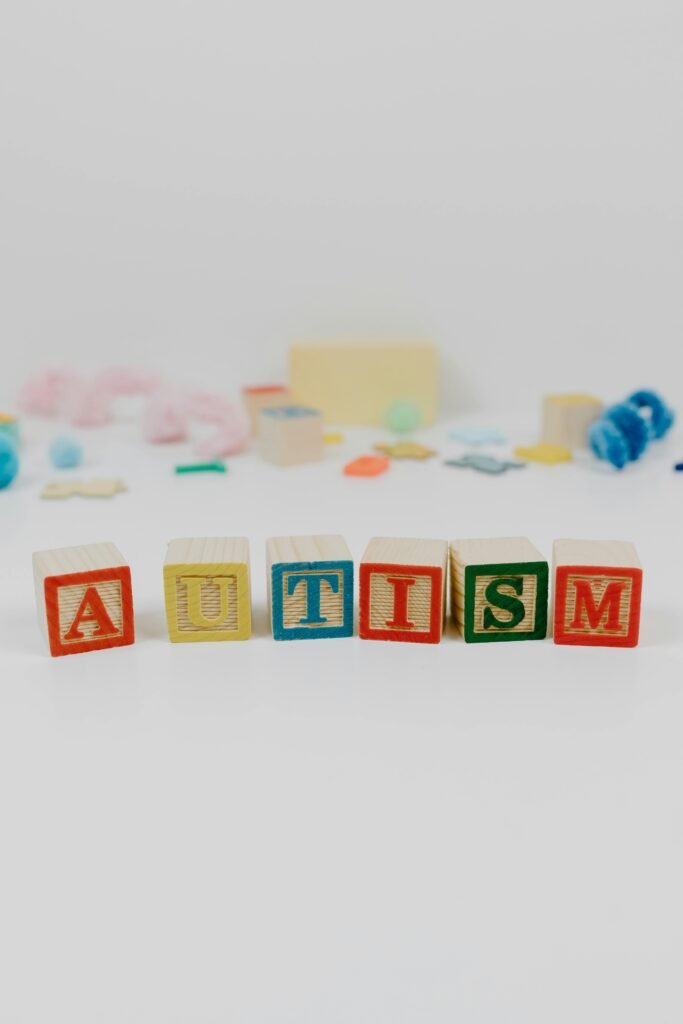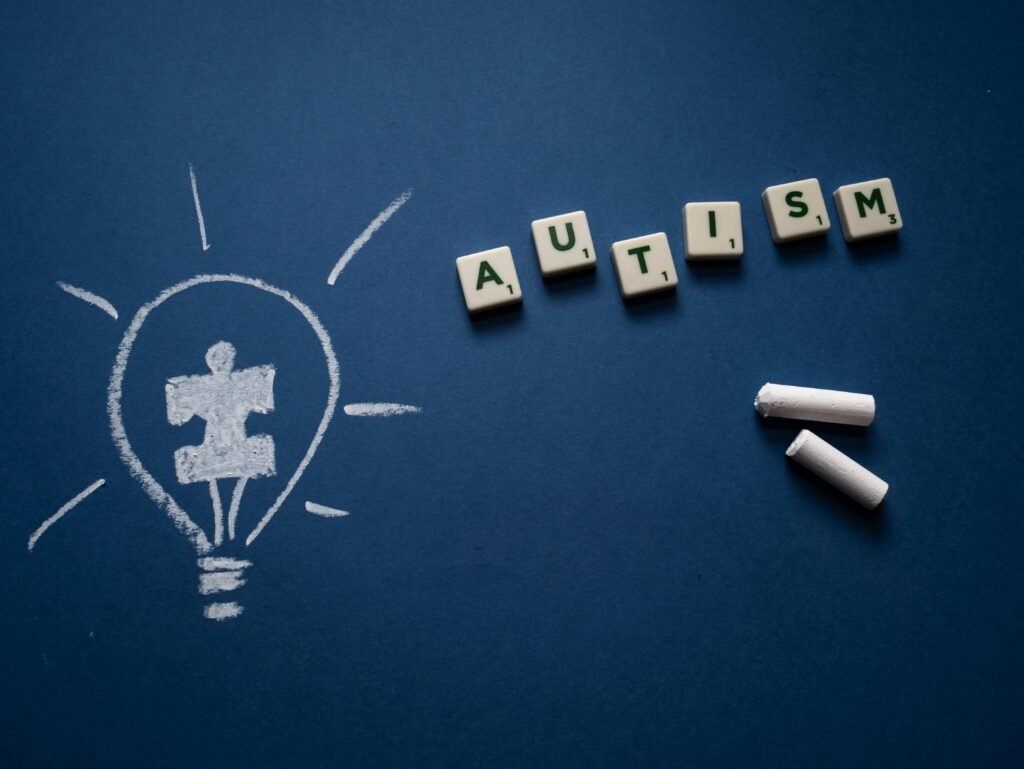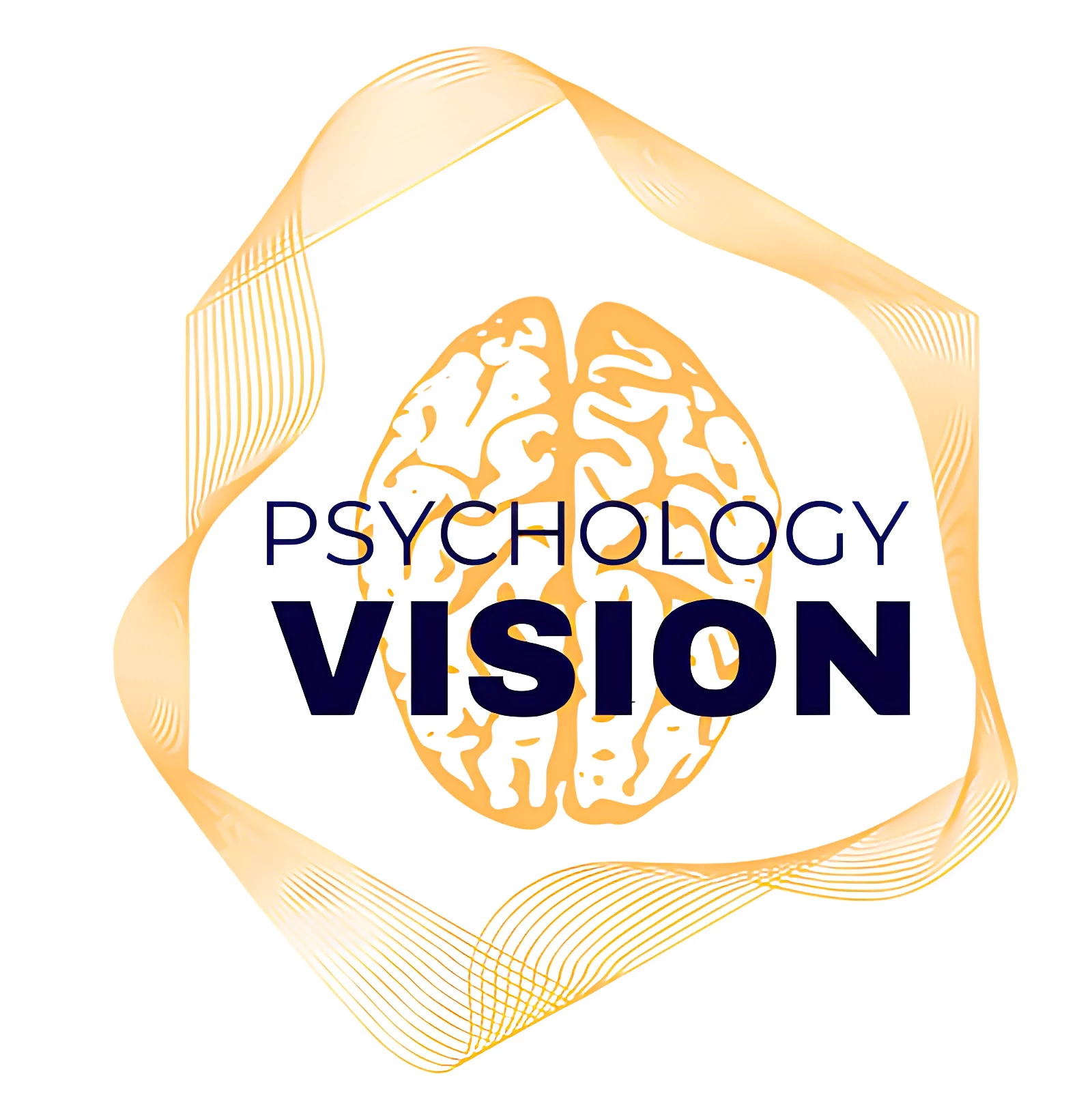What is Autism Spectrum Disorder?
Autism Spectrum Disorder (ASD) is a complex neurodevelopmental disorder that affects how an individual interacts with others, communicates, and perceives the world around them. It encompasses a wide range of symptoms and levels of impairment, which is why it’s referred to as a ‘spectrum.’ People with ASD may exhibit unique strengths and challenges that influence their everyday lives.

Causes of Autism Spectrum Disorder
The exact causes of autism remain largely unknown, but both organic and psychological factors are believed to play a significant role. Organic causes may include genetic predispositions, neurological differences, and environmental influences. Some studies suggest that irregularities in brain structure and function can contribute to the development of ASD. Psychological factors like familial dynamics and early social experiences can also influence the manifestation of symptoms.

Recognizing Symptoms and Treatment Methods
Common symptoms of autism spectrum disorder include difficulties with social interaction, challenges in communication, and repetitive behaviors. Each individual may display varying degrees of these symptoms. Early identification of ASD is crucial, as it allows for timely intervention and treatment. Treatment methods often involve a combination of behavioral therapies, speech and language therapy, and sometimes medication, aimed at enhancing communication skills and supporting daily functioning.
Prevention and Support
Currently, there is no known way to prevent autism spectrum disorder. However, supportive strategies can help families navigate the challenges associated with ASD. Early intervention, educational support, and community resources can significantly improve the quality of life for individuals with autism and their families.



